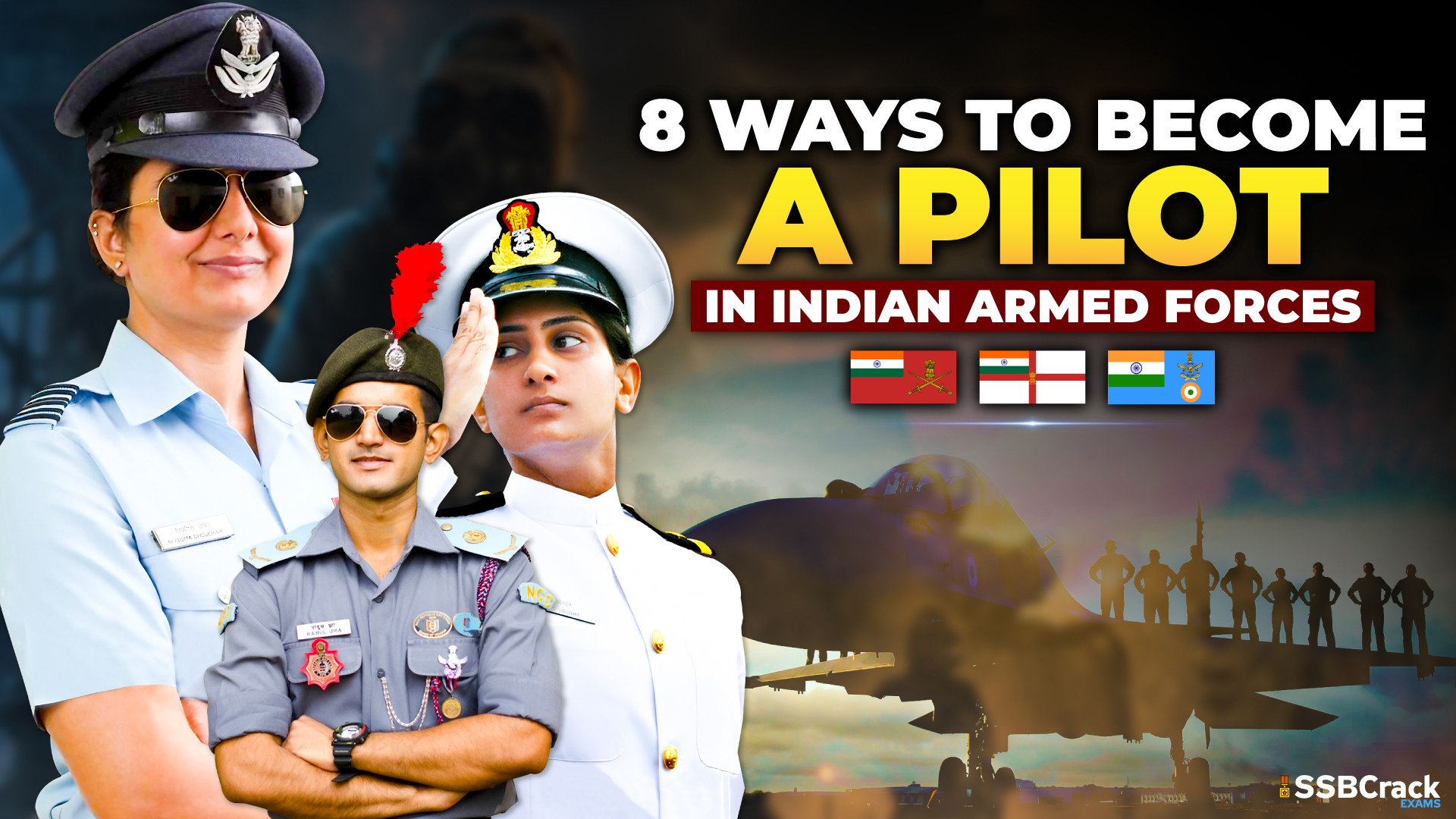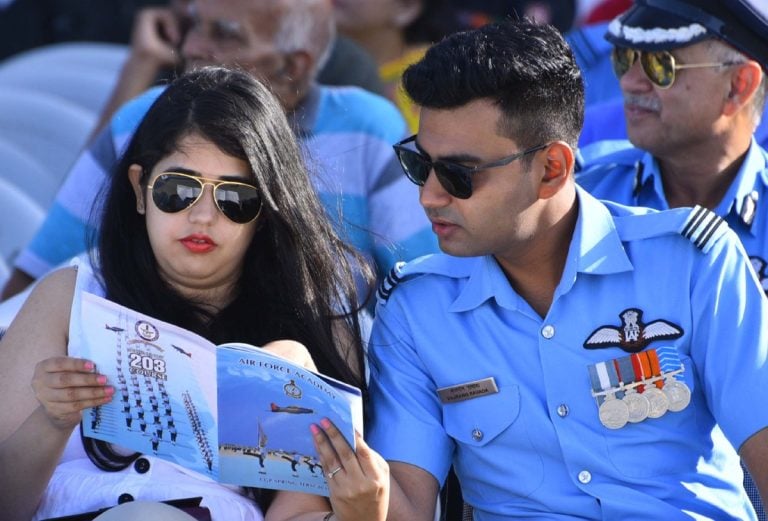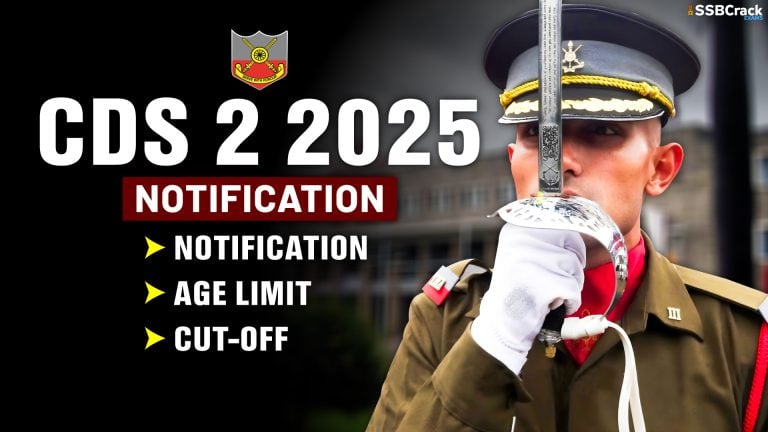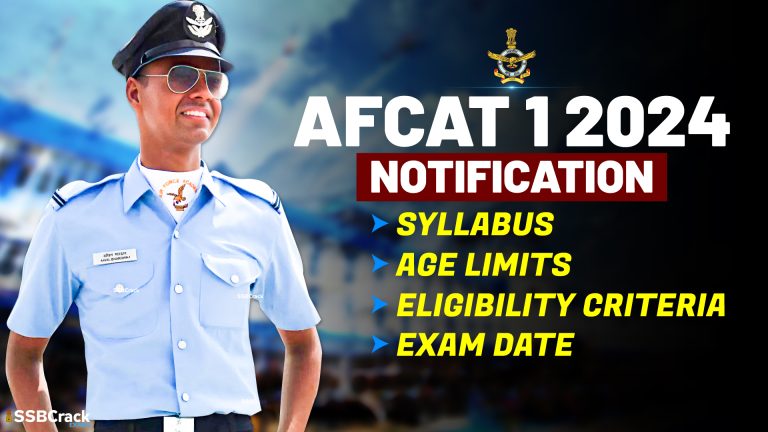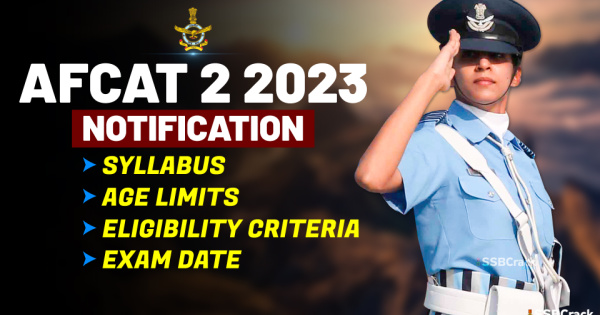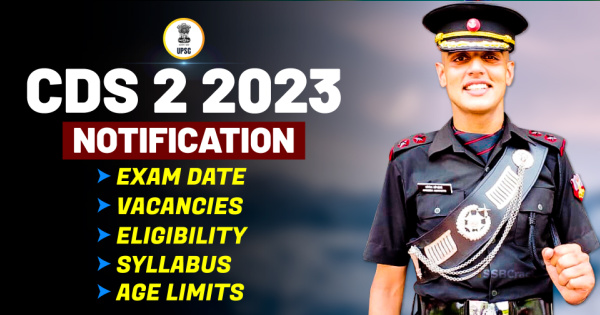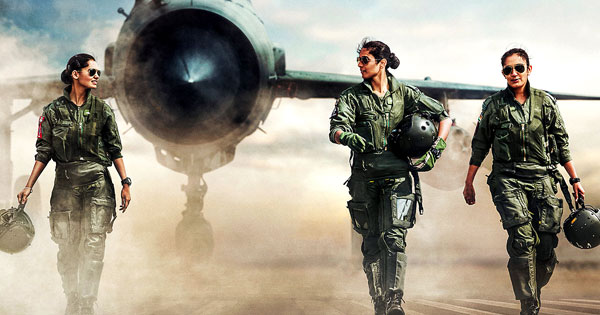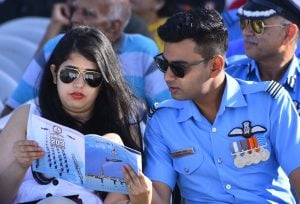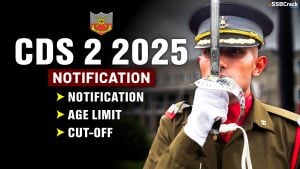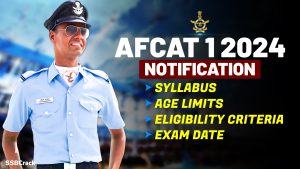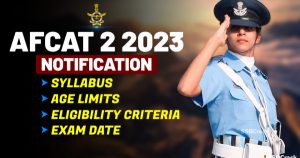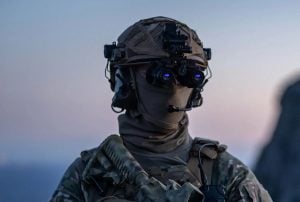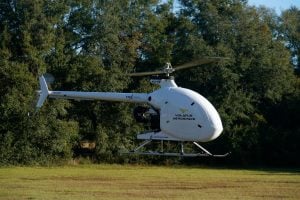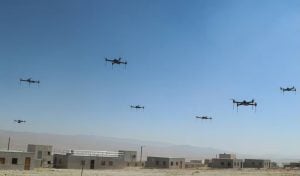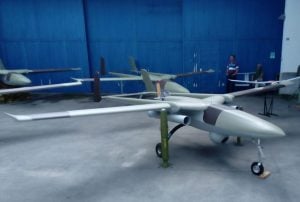The Indian Armed Forces provide exciting opportunities for individuals who aspire to become pilots. Whether you dream of soaring through the skies in fighter jets or operating helicopters in critical missions, the Indian Army, Air Force, and Navy offer various paths to fulfill your ambition. In this comprehensive guide, we will explore the different ways to become a pilot in the Indian Armed Forces, including the requirements, training, and career prospects.
Indian Air Force
The Indian Air Force (IAF) offers several entry options for aspiring pilots. Let’s take a look at the ways you can join the flying branch of the Indian Air Force:
1. National Defence Academy (NDA)
The National Defence Academy (NDA) examination provides an opportunity for boys to join the IAF after completing their 10+2 education. This exam, which is held twice a year, is exclusively for male candidates. Successful candidates undergo three years of training at the NDA in Khadakwasla, followed by one year of training at the Air Force Academy in Dundigal. The selection process involves a written test and the Services Selection Board (SSB) interview.
2. Combined Defence Services Examination (CDSE)
The Combined Defence Services Examination (CDSE) is another entry option for boys who wish to join the flying branch of the IAF. This exam is conducted twice a year for all three armed forces, and for the IAF, it is applicable only to male candidates interested in the flying branch.
3. Air Force Common Admission Test (AFCAT)
The Air Force Common Admission Test (AFCAT) is a written test conducted twice a year for boys who aspire to join the flying branch of the IAF as Short Service Commission (SSC) Pilots. The selection process includes the AFCAT written test and the SSB interview.
4. NCC Special Entry
If you hold a Senior Division ‘C’ Certificate in the National Cadet Corps (NCC) Air Wing, you can apply for the Flying Branch of the Indian Air Force through the NCC Special Entry. This direct entry option exempts you from the written test, and you can proceed directly to the SSB interview.
Indian Navy
The Indian Navy offers opportunities for pilots to serve as Permanent Commission (PC) or Short Service Commission (SSC) officers. Let’s explore the ways you can become a pilot in the Indian Navy:
5. From Within Service
Volunteers from serving Executive branch officers, up to 25 years of age, are selected for pilot training biannually. These candidates are granted a Permanent Commission upon successful completion of the training.
6. Direct Entry Scheme
The Direct Entry Scheme allows Short Service Commissioned officers to be inducted into the Indian Navy’s pilot cadre biannually. Candidates undergo rigorous selection and training processes to qualify for this entry option.
Indian Army
The Indian Army Aviation Corps opens avenues for pilots to serve as commissioned officers. Here are the ways you can join the Army Aviation Corps:
7. From Within Service
Officers from any arm of the Indian Army can opt for Army Aviation after completing one and a half years of service. They must apply internally and meet specific tests and criteria to qualify for pilot training.
8. Direct Commission Officers
Volunteers can choose Army Aviation as their career path during pre-commissioning training at the Indian Military Academy (IMA) or Officers Training Academy (OTA). Based on their performance and merit in the academy, they may receive a direct commission into the Army Aviation Corps.
Training and Responsibilities
Becoming a pilot in the Indian Armed Forces requires rigorous training and significant responsibilities. Let’s delve into the training process and the key responsibilities of a military pilot:
Training Process
The training process to become a pilot in the Indian Armed Forces involves a combination of theoretical and practical learning. The training typically includes the following phases:
- Basic Flying Training: Aspiring pilots undergo basic flying training to develop their fundamental flying skills. This phase includes learning about aircraft controls, aerodynamics, and navigation.
- Advanced Training: After completing basic flying training, candidates proceed to advanced training specific to their chosen aircraft. This phase focuses on honing skills related to aircraft handling, weapons delivery, combat maneuvers, and mission execution.
- Ground School and Simulators: Alongside flying exercises, candidates undergo ground school training, which includes theoretical lessons on subjects like aviation laws, meteorology, and navigation. Simulators play a crucial role in providing realistic training scenarios to enhance the pilots’ skills.
- Live Flying Exercises: Candidates gain practical experience through live flying exercises, where they apply their training in real-life scenarios. These exercises involve various missions, such as air defense, ground attack, and reconnaissance.
Responsibilities
Once trained, pilots in the Indian Armed Forces undertake critical responsibilities. Here are some key aspects of a military pilot’s role:
- Flying and Maintaining Fighter Aircraft: As a pilot, you will be responsible for flying and maintaining advanced fighter aircraft, such as the Sukhoi Su-30MKI, MiG-29, Mirage 2000, and Jaguar. This includes pre-flight checks, aircraft systems management, and ensuring optimal performance during missions.
- Air Defense and Ground Attack: Pilots play a crucial role in air defense and ground attack missions. They are part of a team that protects airspace, conducts airstrikes on enemy targets, and supports ground forces during combat operations.
- Reconnaissance Missions: Pilots are often involved in reconnaissance missions, gathering vital intelligence and performing aerial surveillance. Their observations and reports contribute to situational awareness and decision-making processes.
- Operational Deployments: Once training is complete, pilots may be posted to fighter squadrons deployed in forward locations or on aircraft carriers. These deployments involve flying sorties in support of ground forces or conducting air-to-air combat missions.
Work-Life Balance and Career Progression
Life as a fighter pilot in the Indian Armed Forces offers both challenges and rewards. Here are some factors to consider regarding work-life balance and career progression:
- Demanding and Challenging: Being a military pilot requires dedication, discipline, and a willingness to face demanding and challenging situations. Long hours of flying and intensive training are part of the job.
- Personal Growth and Camaraderie: Despite the challenges, the armed forces provide opportunities for personal growth and camaraderie. Working closely with a highly skilled team fosters a sense of belonging and mutual support.
- Career Opportunities: The Indian Armed Forces offer various career opportunities for fighter pilots. These include promotions, specialized training, and leadership roles within the aviation sector. Pilots can also transition to other roles within the armed forces or pursue civilian careers after retirement.
Shortage of Pilots in the Armed Forces
The Indian Armed Forces currently face a marginal shortage of pilots. Let’s take a look at the current situation in each branch:
- Indian Air Force: The authorized strength of pilots in the Indian Air Force is 4231, while the current strength stands at 3855, indicating a slight shortage.
- Indian Navy: The Indian Navy, with a sanctioned strength of 735 pilots, currently has 644 pilots, leaving 91 vacant posts.
- Indian Army: The Army Aviation Corps, with a sanctioned strength of 794 pilots, currently has 602 pilots on board, resulting in 192 vacant posts.
Conclusion
Becoming a pilot in the Indian Armed Forces is a dream shared by many ambitious individuals. Whether you aspire to fly fighter jets in the Indian Air Force, helicopters in the Indian Army, or serve as a pilot in the Indian Navy, there are several paths to pursue your passion. Each branch offers unique opportunities for training, responsibilities, and career progression. By following the designated entry processes, undergoing rigorous training, and embracing the challenges of military life, you can fulfill your dream of becoming a pilot and serving your country with honor and dedication.
For more comprehensive coaching and preparation materials for Indian Armed Forces entrance exams, including NDA, CDS, AFCAT, and INET, visit SSBCrackExams. They offer study materials, practice questions, mock tests, and a vibrant community section to support and guide defense aspirants on their journey towards achieving their goals.
